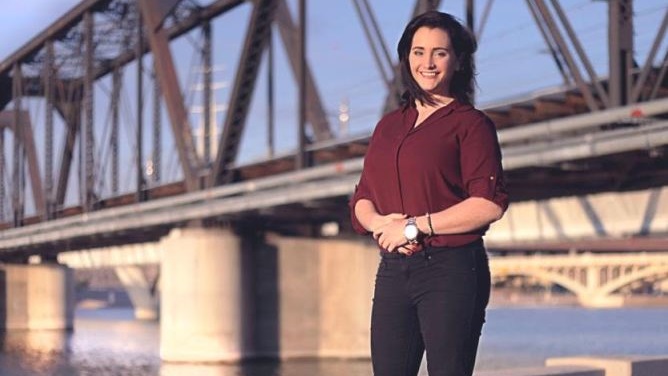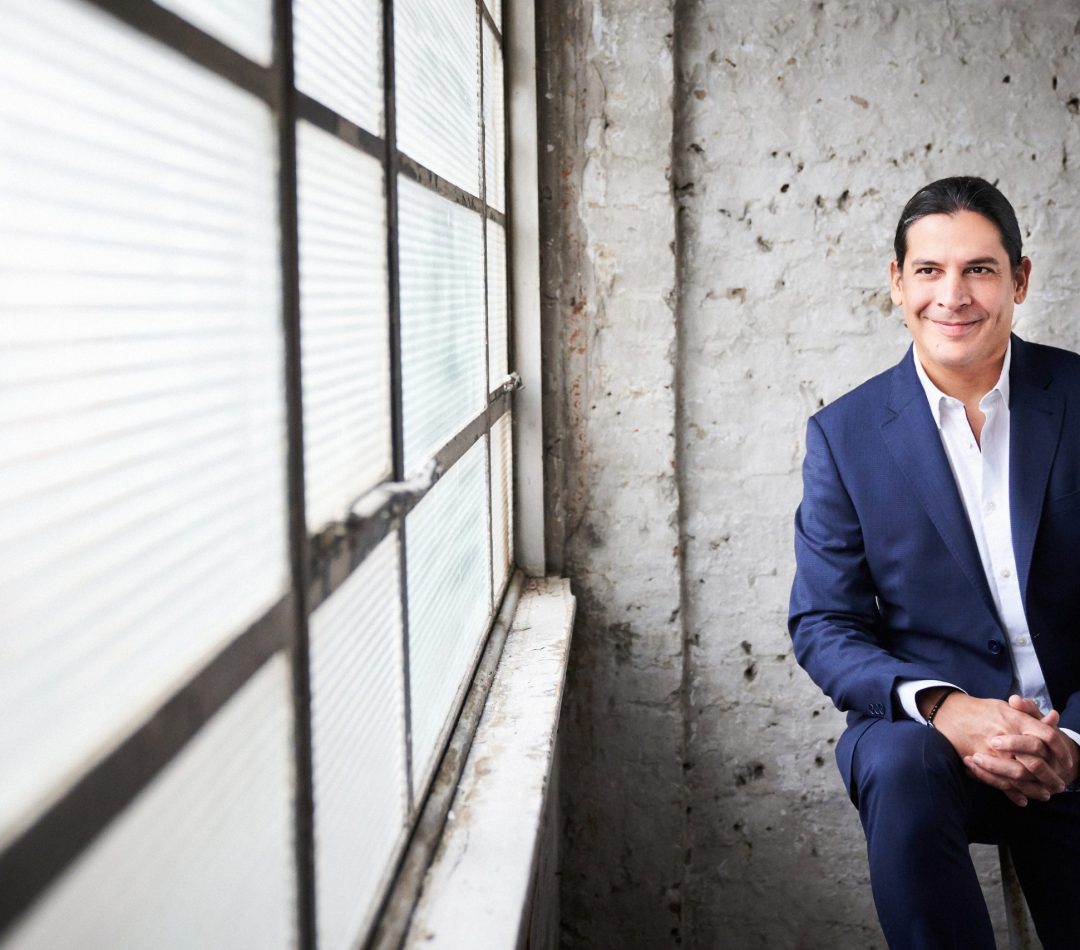When I learned the Tucson Symphony Orchestra was performing An Orkney Wedding with Sunrise, I did not know the piece, but I surely knew Sir Peter Maxwell Davies; a prolific British composer, he passed in 2016, his biography as compelling and complex as his multitude of works. His operas, vocal works, music and theatre combined are unorthodox, technically and dramatically demanding. A character in his own right (a knighted anti-monarchist with a fondness for tritones and isolationism), I encourage you to read The New York Times piece on his life and work (linked below). In fact, so broad is his spectrum of accomplishment–composer, music educator, poet laureate, environmental activist–I felt a little less guilty for not knowing this piece, commissioned by John Williams and the Boston Pops in 1985. I listened once–then I listened three more times and sent it to every family member I could think of, so compelling is the piece. It has the feel of program music, a ghost sensation of film scores in its sweeping brilliance; programmatic in its vivid telling of a wedding in Orkney, an archipelago of islands in Scotland (very north, very beautiful, very cold) and the sunrise the composer witnessed after the night of revelry.
Read The NY Times ArticleAn Orkney Wedding with Sunrise begins with resounding liveliness–Mr. Davies speaks that every guest was greeted with a glass of whiskey. There is so much to love about this piece, and it is best experienced than told, so I shall be purposefully vague. Winds trade off a lilting lyric melody reminiscent of seeing your favorite familial relation happily wed; strings and horns create a lively post-ceremony jig with snare drum and cymbals. When Mr. Davies describes the wedding, he speaks to how the party became more “jolly and inebriated”–my most favorite part is when the piece becomes joyfully off-kilter, with strings and winds abounding with melodic and rhythmic dissonance, tritones raucously abundant, so much so I can feel the wedding festivities. There are theatrics on stage (I won’t spoil) which makes me chuckle every time, and the orchestra pulls themselves together; with oboe and flute, light and lilting, you feel dawn arriving. The orchestra swells like waves, rolling crescendos creating the suspense before the sunrise, building color in the sky before the sun shines clear over the horizon.
If you would like to keep the rest of this piece a surprise, I give you fair warning, spoilers ahead; this is a stirring piece, and music like Mr. Davies’ can only be experienced for the first time once. Skip the next paragraph, and we will look forward to seeing you at this performance next season.
If you have continued–
Bagpipes. As a Scotswoman with a forefather resting in the fields of Culloden, I must mention the bagpipes. If you have never heard bagpipes, they are not subtle. Quintessentially Scottish, they soar and settle directly in your chest; for me, make my heart expand exponentially. They breathe life, and do not gently ask you to listen-they demand to be heard. Sir Davies composes a brilliant melody and lets bagpipes be bagpipes; the soundscape becomes awash with pipes, focused by their piercingly bright timbre–a sunrise of sound. To my ears and soul, it is a perfect musical reflection of light cresting over mountains and ocean to bathe the world in the light of day.
So please, give this brilliant piece a listen–I believe it is something we all need right now–jubilant, a bit raucous, and brimming with life. A reminder that there is love to celebrate, life to live; the sun will rise. So, as us Scots say, Slàinte Mhath–good health, and I hope you look forward to this next season with our TSO as much as I do.
This work will be performed in February 2021, on a concert in the MasterWorks Series.
Buy a Subscription
Courtney Bryson has worked for the Symphony in the box office for almost two years. A native of Tucson, she started singing at an early age. A classically trained mezzo-soprano who started in (and maintains a love of) musical theatre, Courtney was working and performing in Los Angeles under the tutelage of Lilian Sengpiehl when she realized she loved her work at various non-profits equally; wanting to merge her love of vocal music and community activism for social good, she came to the UA to pursue a degree that could combine the two. Studying with Susan Futral and Dr. Kristin Dauphinais, she obtained a B.A. in Music–Vocal Studies with a minor in Government and Public Policy; she plans to go to law school. Favorite repertoire includes works by composers such as Weill, Fauré, and Bernstein. If you hear Sondheim being sung in the halls of the Symphony Center, it’s probably her.



